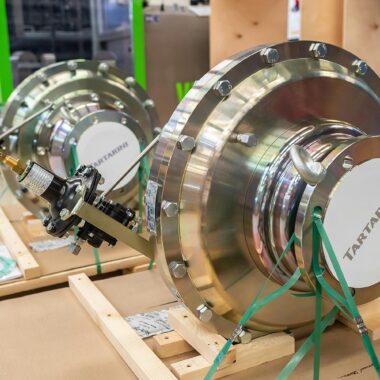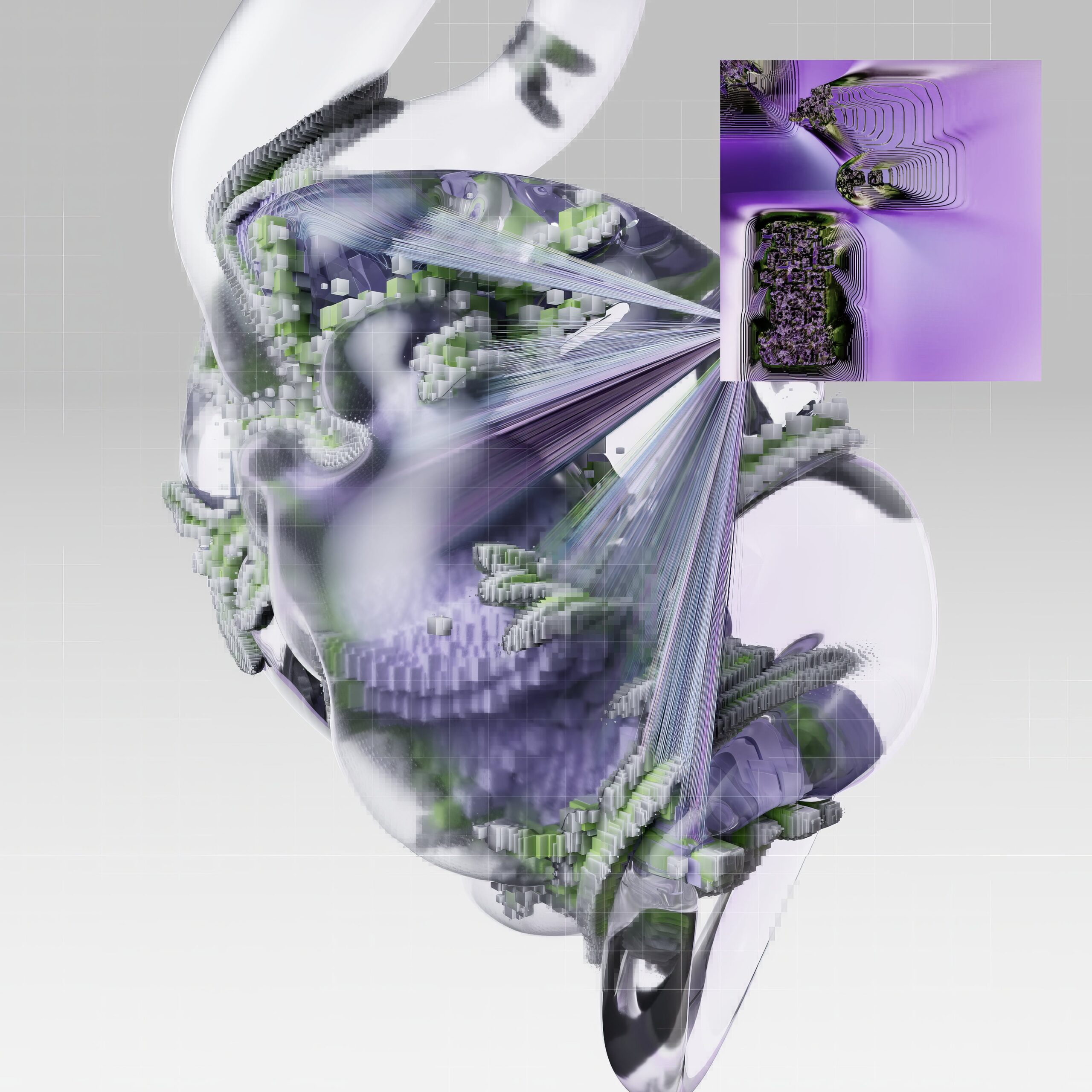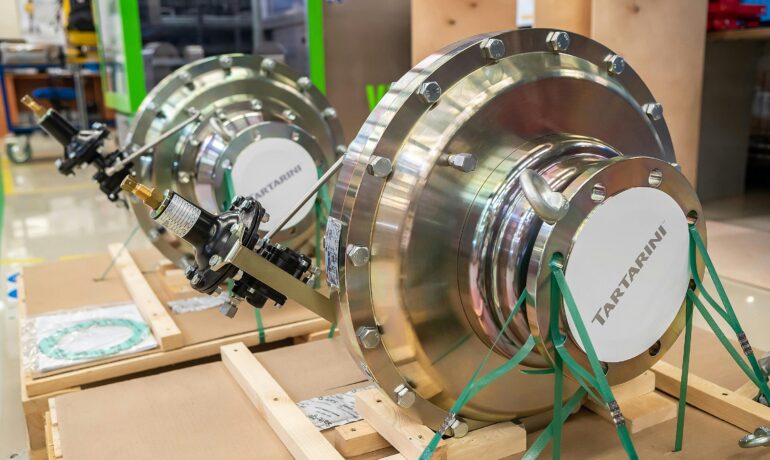LCA TEJAS:
The long awaited clearance for purchasing the 83 LCA jets, pending for years, has finally gone through. Dr. R.K. Tyagi, former Chairman, HAL and President of the Aeronautical Society of India, stated: On 13th Jan ‘21 the CCS cleared the purchase of 83 LCA(light combat aircraft) at a cost of Rs 45,696 crore. It is a great step towards self-reliance in Aerospace manufacturing and will create an excellent ecosystem with HAL, BEL ,L&T and other 160 plus Indian co.s/ MSMEs. I recall as Chairman HAL, that IOC (initial operational clearance) was achieved on 20th Dec, 2013 and we delivered the first Series Production aircraft (SP-1) to Air Chief Arup Raha in the presence of Shri Manohar Parrikar, the then Raksha Mantri on 17 Jan 2015 (in just 13 months). The future of LCA is important for us . SUGGESTIONS—
1. We must form a national advisory group of LCA for effective execution and tech adoptions. HAL also needs to increase annual production capacity. 2. LCA skills now be converted into a new National program-IRTA (Indian Regional Transport Aircraft.
SITARA’S Aerospace & Defence Experts weighed in…
Shri N. Shekar, President, AIDAT (Aerospace Industry Development Association of Tamil Nadu): “This order is definitely a boost for HAL and its capabilities. This comes under the IDDM category of acquisition. The engine is still made by GE and some critical components are still imported. I understand the domestic content is about 50%+ which by itself is a great achievement. This major commitment has come after so many years of investment and internal issues. Tejas is truly a world class machine and has been endorsed strongly by the current Air Force Chief. He is also pushing for AMCA. But the reality is that it will take at least 6-10 years before the first flight for AMCA. For delivery it will take many more years after. The Air Force cannot wait that long. An RFP for 110+ aircrafts will probably be floated for international competition. These could be delivered and combat ready in 6-8 years. Also the AMCA engine needs to be at least manufactured in India with ToT and this will cause some delay . AMCA is clearly a 10+ year dream with full intent and force behind the decision with no political interference.
Dr Premchand, President Mitkat: Building Aerospace & Defence platforms is a complex task and requires deep collaboration. It is difficult for any single country to make 100% of the platform. Besides, there is a learning curve. Thus as long as indigenous efforts are platform focused, have closer user support and involvement of local industry – success will be assured.
Shri R.K. Narang: The induction of LCA Mk-1 (40 aircraft) and LCA Mk-1A -83) [Total-123] is the second indigenous development drive of India. The first one was with the development of Asia’s first fighter aircraft – Hindustan Fighter-24 (HF-24) during the 1950s, but its success could not be translated into developing a domestic defence aeronautics industry. A total of 146 or so fighters were built but their follow on versions HF-73 etc were not pursued and were given up with the induction of MiG 21 & Jaguar aircraft. LCA Mk-1A is a beginning like HF-24, real success would lie in the following approach:
(a). Build improved version of existing LCA Mk1A with indigenous/ existing (GE-404) engine – for export with some consumption at home. (b). Build LCA Mk-II (for IAF) with slightly larger airframe and GE-414 engine (indigenous engine when it comes up) with enhanced range and capabilities (expected to take 3-5 yrs). (c). HAL is proposing twin engine version of LCA for Navy (which will create three types of engines and/ or designs). Need to explore potential merging of IAF/ IN requirements or reducing types of three designs. (d) AMCA, UCAV & Rustom-II are future of defence aeronautics in India, their challenges need to be overcome with the the support from highest quarters. (e). India would need to examine unmanned or optionally manner versions of fighters.
LCA Mk-1A has provided a platform which needs to be developed. It is not going to be easy, as some countries may not support or withhold some critical components or system or technical support at any time. This is the challenge. BUT A GREAT BEGINNING
Shri Ashish Puntambekar: The two Tejas squardons are at the Sulur Airbase. What thrills me most was the Finish of the Tejas fighter and its compact design and seeing it gave me confidence that Indian Engineers can produce excellent products. The Advanced Light Helicopter (Sarang squadron) is also an excellent aircraft and it showed what Indian Engineers are capable of. As far as the finish is concerned, Indian aircraft compare with the best globally and certainly much better than the Russian aircraft. The AN 32 is a sad sight in terms of Finish and so in the MI 8 and MI 17.
Defence Corridors – Value Capture: The picture of the Texas Corridor is interesting with all the stakeholders mentioned. There is a lot of Value that can be captured by coming up with a concept to put together a Corridor or a Platform for the F35. I have done a lot of work during the lockdown on Technology enabled business Models and the Digital design aspects of such systems. We need to have a way to collaborate. This is only possible if any ONE large company takes on the role of a Technology and Ideas integrator. If any one Company takes on an Integrators role, a lot of things will become possible.
The Value of Robust Strategic Design: Design led companies create enormous value. A study my Mckinsey ( graph below ) shows what happens when Company managements take design seriously. In this I am not talking about product or Service design but a Strategic Mindset and the adoption of Creative Business Models. The Mckinsey graph shows how Design Led companies have outperformed the S & P 500 by over 200 %. This is very large valuation compared to the rest of the Market, made possible by Business Model innovation. In the defence arena , companies can achieve considerable valuations by employing Technology enabled business Models ( System Integrator, Fractional Ownership, Two sided Platforms, Orchestrator etc ).
Brig. Dr. Mann: My research and experience tells me that developing the Aerospace vertical is perhaps the most demanding amongst the defence industrial sector, in terms of finance, technology as well as synergy between different players. It is also the vertical with the maximum strategic payoffs due to the changing nature of warfare and the ability of air-power to project national will at short notice in peace and war. Aerospace technology also has maximum potential for seeding in applications in the wider economy. For e.g, we all know that Japan developed of the braking system of the Bullet Train from the F16, which was manufactured by Mitsubishi Heavy Industries (MHI), through defence offsets as well as ToT (incidentally, MHI also collaborates majorly with Boeing in manufacture of the Dreamliner amongst other verticals). Prior to the Pandemic, India was to be the largest market for air travel. I need to underline the tremendous potential of the MRO market too. I would like to simply submit that we need to take a strategic view of this super event – the placement of an order for the LCA. We need to move beyond the Tactical level, which is what (if I may humbly submit), I feel the LCA success is. To do that, I reinforce the suggestion given earlier that an Aerospace Technology Acquistion & Development Strategy be evolved at the highest level, and a High Powered Committee of Technocrats, Scientists, Users be established to steer this strategic sector with a 50 years perspective or more. The Soviets grabbed German scientists and technology to develop the MIG. The Chinese grabbed Soviet scientists (on the break up of the USSR) to develop the next generation SU fighters on shore. We can do it provided the will is in place.
Shri N. Shekhar: To add to this, I think India has an opportunity to take a strategic stake or acquire a global OEM, Embraer from Brazil. Boeing was on the verge of doing the same until the 737 Max issue hit them. That would catapult India into the OEM space and bring significant technology collaboration badly needed. Hope someone in the GoI is working on it..
Smita Purushottam: Dr. R.K. Tyagi has suggested this to Government. May I request our defence / aerospace experts especially Dr Tyagi – to comment on this editorial, I agree re local content worries, since we found BEL had diverted contracts for a security perimeter to Huawei, that transparency regarding local content and progress towards indigenisation must be a priority:
Dr. Premchand: Aerospace and Defence are very complex and interwoven areas and countries in Europe, Russia (ex-USSR nations), Australia, USA & China have broadly preferred to club them together from capability building perspective. In and around 2012-13 when BMS, FICV, MMRCA, TCS and other large programs came into public view, many in India started imagining about building a Defence & Aerospace Corridor. Some of us joined this Chorus and created a blue print under the name of PARAKRAM, a first of its kind Defence & Aerospace Corridor in the South Asian region. We even got a $ 30 m approval from a Hongkong based investor to build detailed plan. I am sharing with you a slide set and a brochure for your kind perusal to signify that it was indeed a visionary step. Excited, we approached government for some basic support to kickstart it. It became so frustrating that while everyone we approached in the government lauded the concept and the project, but none came forward with any commitment. In sheer disgust we scrapped it after burning our own $ 1 million and after running around for almost 2 years. Corridors cost billions of dollars to create ecosystem, and decades to mature but stand out as generational steps in a country’s history. Private sector adds immense value; but governments both central and states need to have skin in this game. This is a real challenge in our country. Private sector shies away because government policies are not consistent and major programs are tied to DRDO & DPSUs with minimal private sector traction. DRDO & DPSUs do add immense value but they certainly have limitations and need private sector to bring talent, money and global reach. As it stands, the Southern states (Andhra, Telangana, Tamil Naidu, Karnataka, Kerala) present the most promising value proposition in terms of basic infrastructure, supporting industry, talent pool, institutions, existing industry (HAL, BEL, ECIL, BML, TATAs, Mahindras, Layland, L&T, Bharat Forge, Kirloskar, TVS, many others…..), Real Estate/ Infrastructure Developers, Armed Forces Training Institutions/ Operational Commands/ Test Ranges (Army, Navy, Airforce), Institutions (IITs/IISc/NITs…), Major Labs (DRDO, ISRO, BARC), a multitude of 3000 plus SMEs developed by DRDO, DPSUs, ISRO & BARC, presence of global majors etc. It is unfortunate that country has not leveraged this eco system. I will be keen to help any one who wants to pursue his/ group’s interest.
Shri R.K. Narang: LCA is a great step forward after almost six decades of India inducting HF-24 during late 1950s. HAL has emerged as system integrators with indigenous content being 50%, which will increase to 60-70% with time. On the other hand, India has been manufacturing (assembling) foreign aircraft since 1960s. However, it had to go back to OEM as well as pay heavily for upgradation, be it MiG-21, MiG-29, Su-30, Mirage-2000 and Jaguar. This would not be case with LCA as India would be able to integrate sensors and weapons systems on its own in future, which will give independence in capability building. While there is a merit in enhancing the involvement of private sector but that should not cast aspersions on or linked only to LCA program. LCA has also given India options to build LCA Mk-2, AMCA & UCAVs. As regards to creation of DARPA like structure, we need to understand that DARPA like structure without the help of AFRL, ONR, AFC, DIU, SCO would be incomplete. So, in Indian context, we could examine ISRO and Atomic Commission models. The best solution with least changes would be establishment of Aeronautics Commission. JS, MOCA in one of the webinars last week mentioned that India is going to establish National Aeronautics Board that would be headed by Prime Minister. If this happens, it would be great step that would fill the gaps in aeronautics ecosystem and stimulate aeronautics research, development and manufacturing.
Dr. Premchand: I agree with Mr Narang. LCA can lead to build future platforms. Similarly private players can build complex systems. As regards industry support for upgrades; believe me we have huge capability in standalone product design, engineering, manufacturing as substitutions or de-novo products for programs in electronics, aviation, display electronics, computer platforms, software, aero structures, air craft interiors, piping, cabling harnesses, and even complete design of smaller aircraft (NAL-Mahindra Aerospace). Even in precision manufacturing, the challenges are not unsurmountable. Many of us may not know, India delivers over $ 30 billion in exports under IT&ITES services, every year to major players viz. Boeing, Airbus, Embraer, Lockheed Martin, P&W, GE etc. There are captive CoEs with 250 plus people working on aircraft verticals such as cabling harnesses, interiors etc. The trick lies in leveraging industry by pooling projects so that volumes make economic viability possible. We have seen the examples how smaller players have got together and entered into manufacturing of satellites for ISRO. Tiny players have successfully attempted to build deep space antennae.








